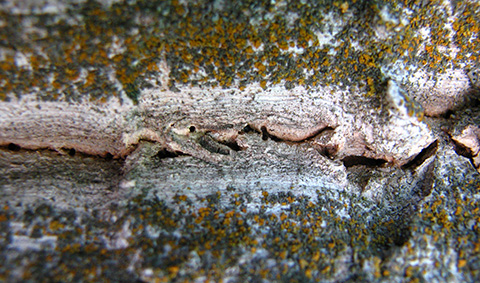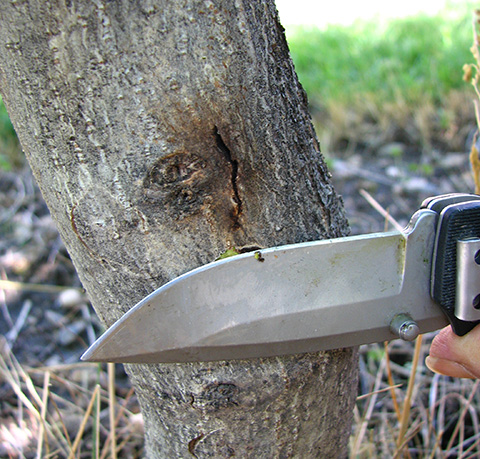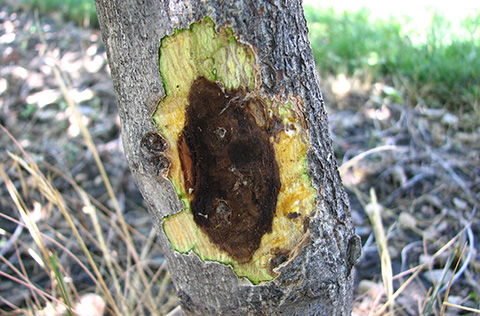
Carpenterworm
The larval stage of the carpenterworm, Prionoxystus robiniae is a wood-boring insect that affects various ornamental trees. Unlike most other wood-boring pests of ornamentals, which are mostly beetle larvae, the carpenterworm is a caterpillar belonging to
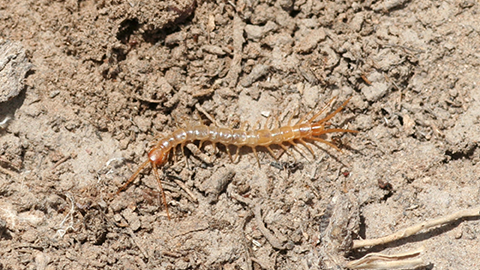
Centipedes
Centipedes are long, slender arthropods in the class Chilopoda. Centipede means “hundred feet” because they appear to have many legs. Insects, millipedes and arachnids are close relatives. Centipedes should be considered beneficial because they are exclus
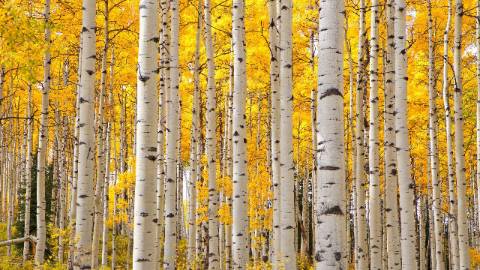
Important Pests of Ornamental Aspen
Aspens are one of the more popular forest trees in the Intermountain West. They add a brilliant yellow glow to the collage of fall colors. In an attempt to enjoy these beautiful trees around the home environment, many well-intentioned homeowners purchase
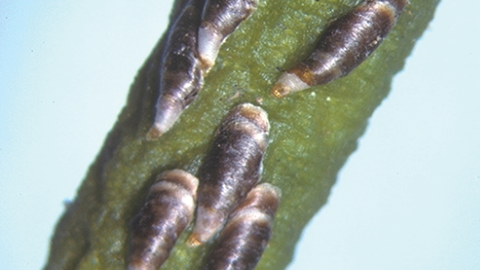
Oystershell Scale
The oystershell scale (Diaspididae Lepidosaphes ulmi) belongs to a group of insects called the armored, or hard scales. The adult insect is enclosed in a shell made up of its own shed skins and waxy secretions and resembles an oyster’s shell. Under th
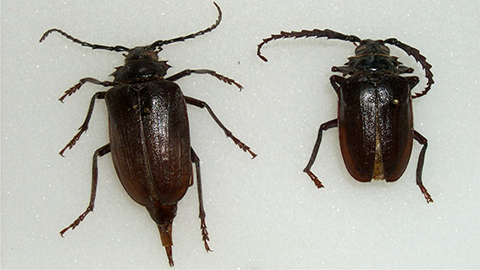
Prionus Root Borer
Prionus root borers belong to a family of beetles commonly known as long-horned beetles. The larvae are often referred to as round-headed borers because their body shape is cylindrical. Several species in the Prionus genus are large, root-boring beetles,
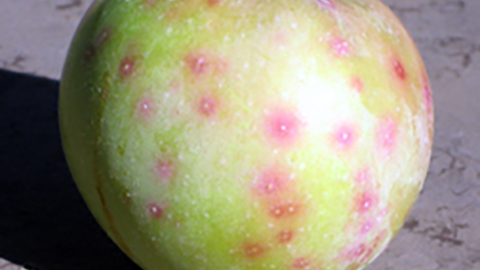
San Jose Scale
San Jose scale occurs in most fruit growing districts of the United States. In well maintained orchards, populations are generally too low to cause economic loss. Severe infestations of scale can cause tree and fruit injury.

Spongy Moth
Spongy moths (Lepidoptera: Erebidae) are invasive leaf-eating (defoliating) pests that threaten trees and shrubs in urban, suburban, and rural landscapes. The spongy moth was accidentally introduced to the U.S. in 1869 by an amateur French entomologis
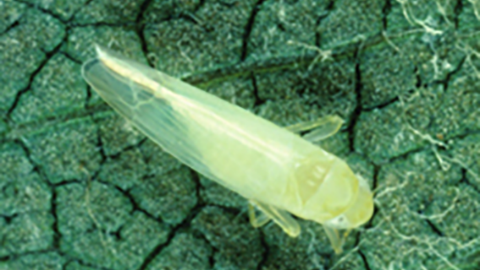
White Apple Leafhopper
The white apple leafhopper (Order Homoptera, Family Cicadellidae) is the most common and serious of the leafhopper pests found on apple and other tree fruits. The rose leafhopper can be a pest of apple and pear in the Northwest.
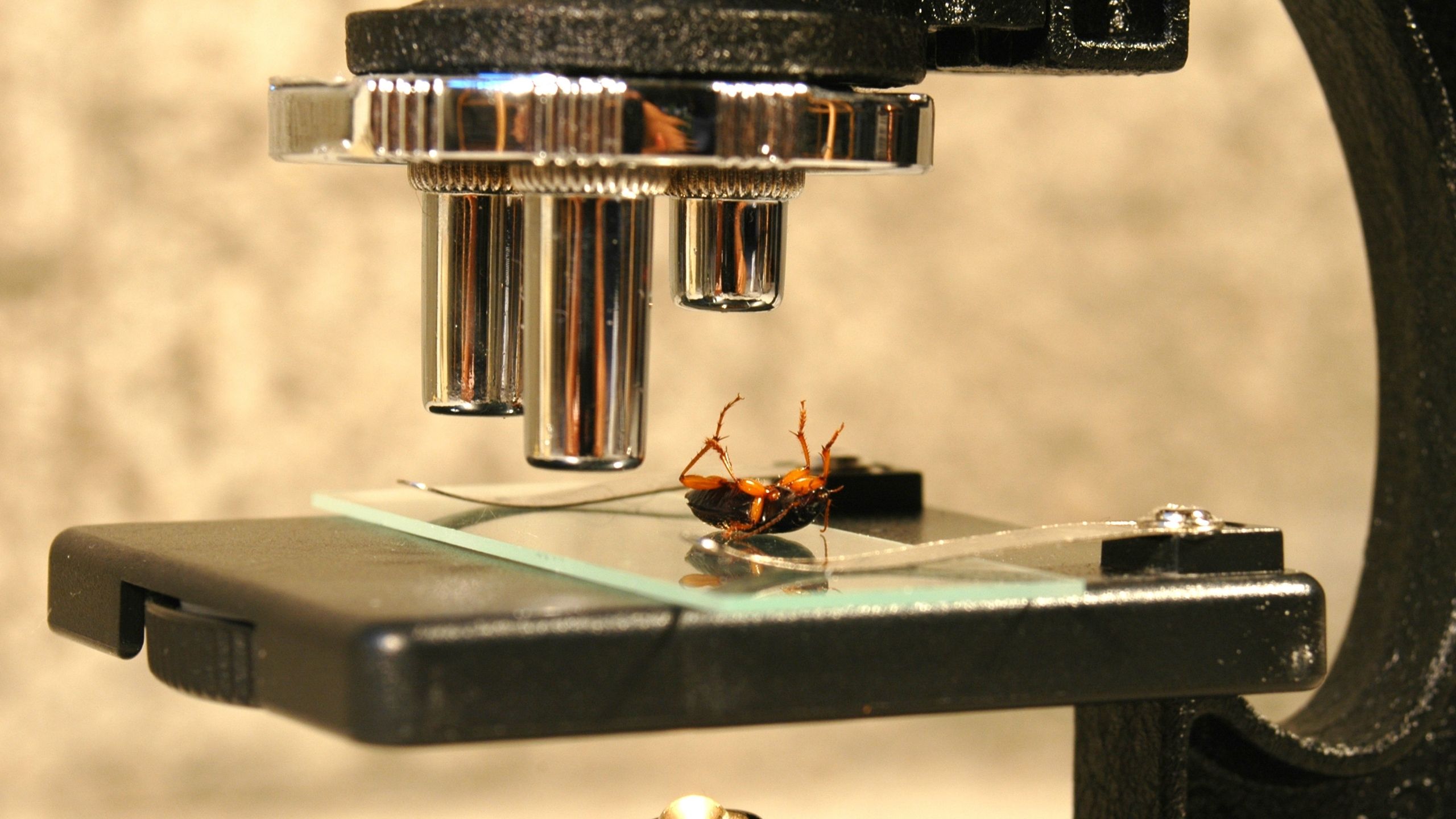
Invasive Insects Lookalikes
Learn how to identify some invasive insects and their look-alikes. Here, we provide a quick identification guide for brown marmorated stink bug, Japanese beetle, emerald ash borer, and Asian longhorned beetle.
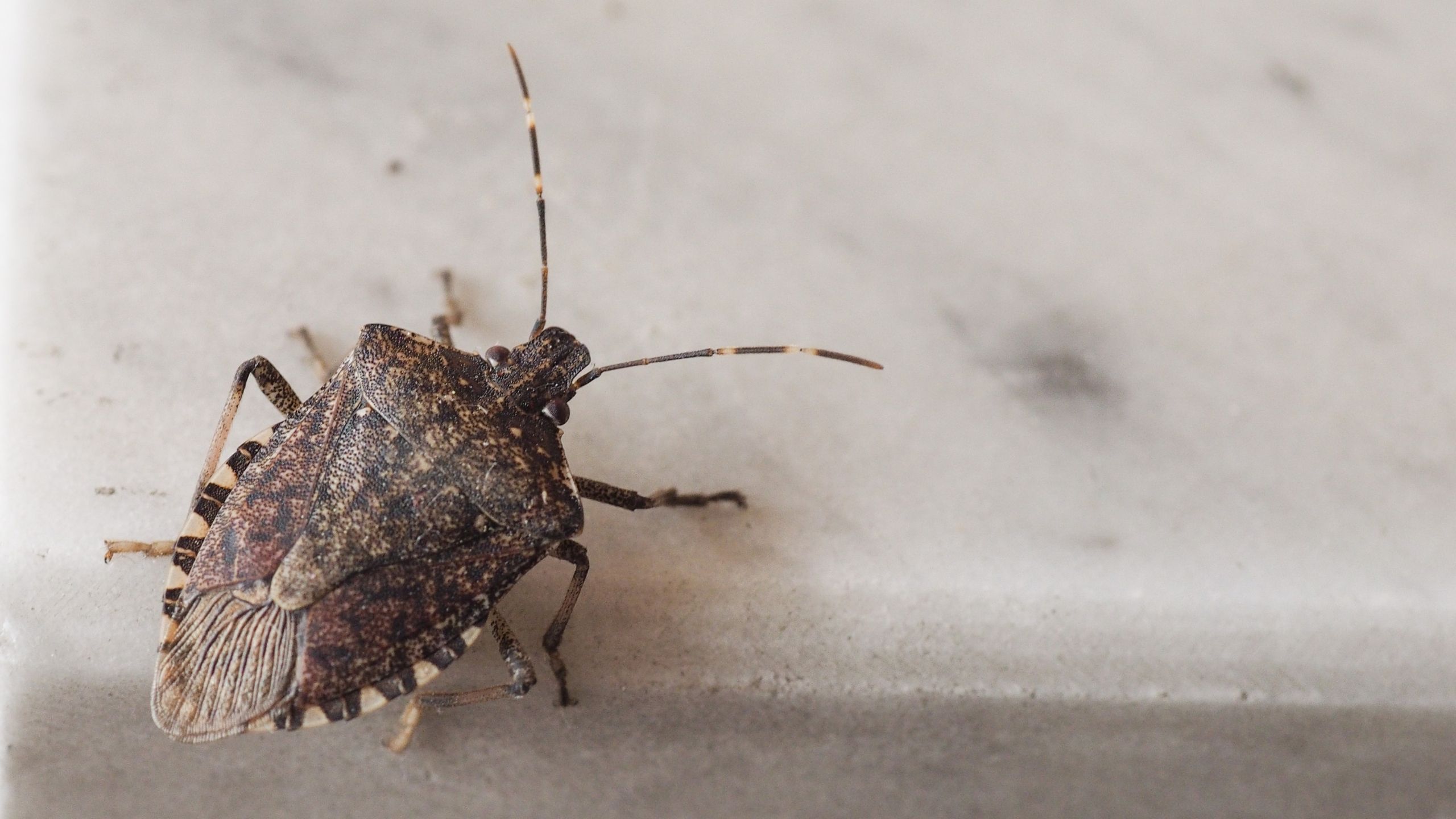
Brown Marmorated Stink Bug
BMSB was first detected in Utah in 2012; it is now established in four counties (Weber, Davis, Salt Lake, and Utah) and has been detected in two other counties (Cache and Box Elder). As an aggressive generalist herbivore, BMSB infests a broad range of pla
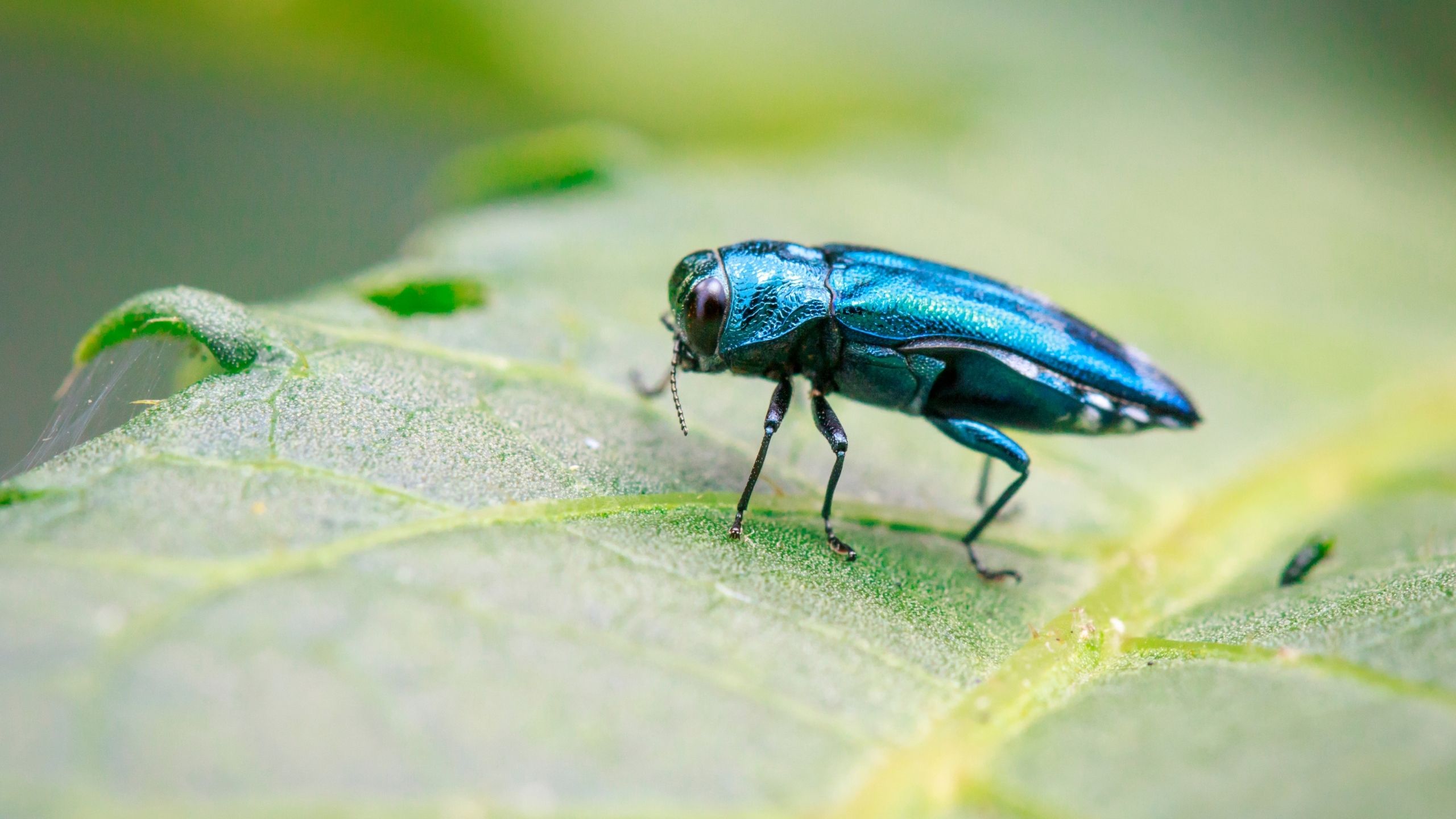
Emerald Ash Borer
Emerald ash borer (EAB) (Coleoptera: Buprestidae) is an invasive woodboring beetle that has caused the decline and mortality of tens of millions of ash trees (Fraxinus spp.) in the U.S. It is considered the most destructive forest pest to ever invade Nort
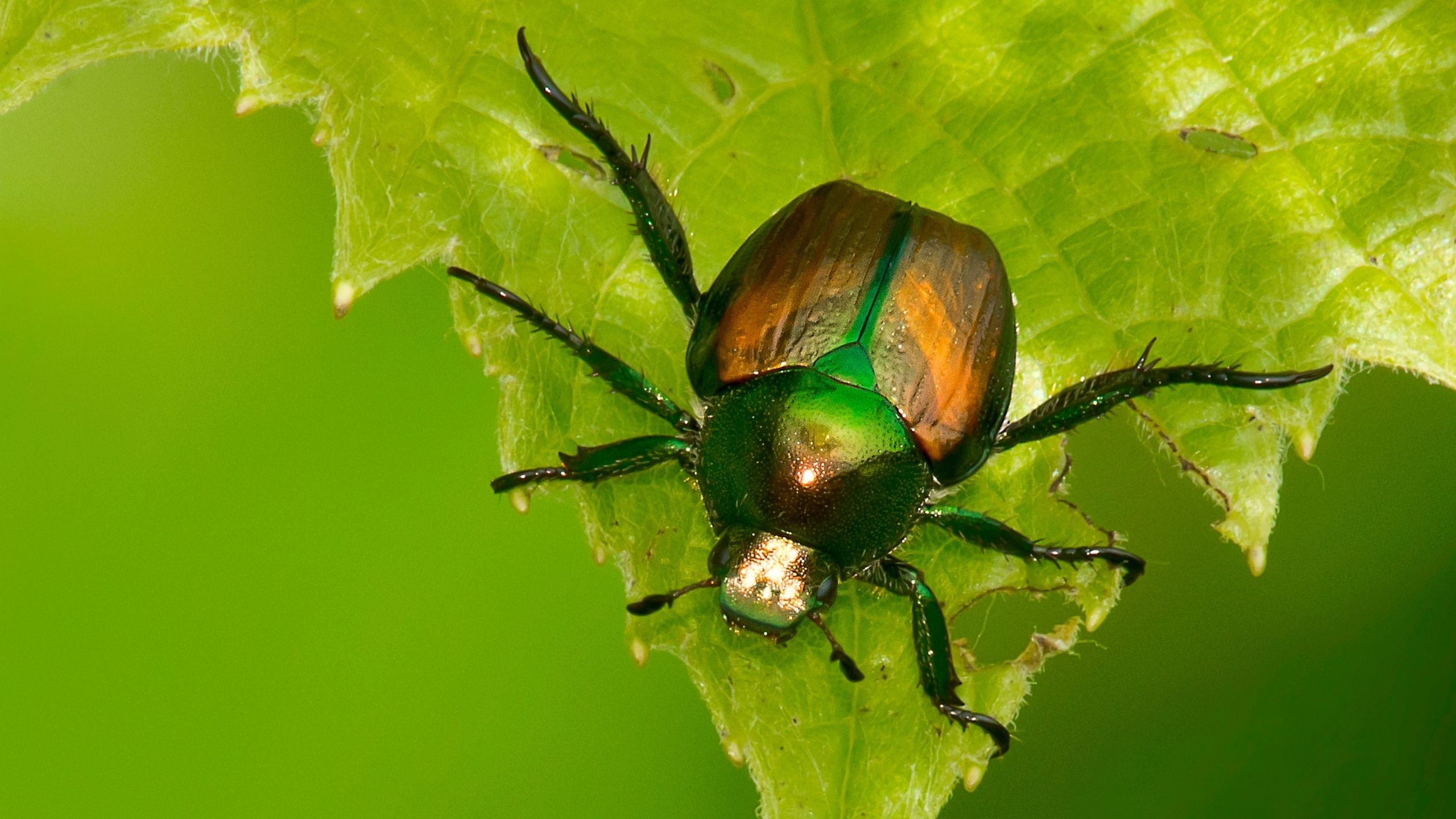
Japanese Beetle
This fact sheet describes the invasive Japanese beetle (JB) and lists vegetative hosts that can be affected by JB, including ornamental plants, trees, shrubs, turfgrass and vegetables. This pest can cause significant damage in high numbers. It was first d
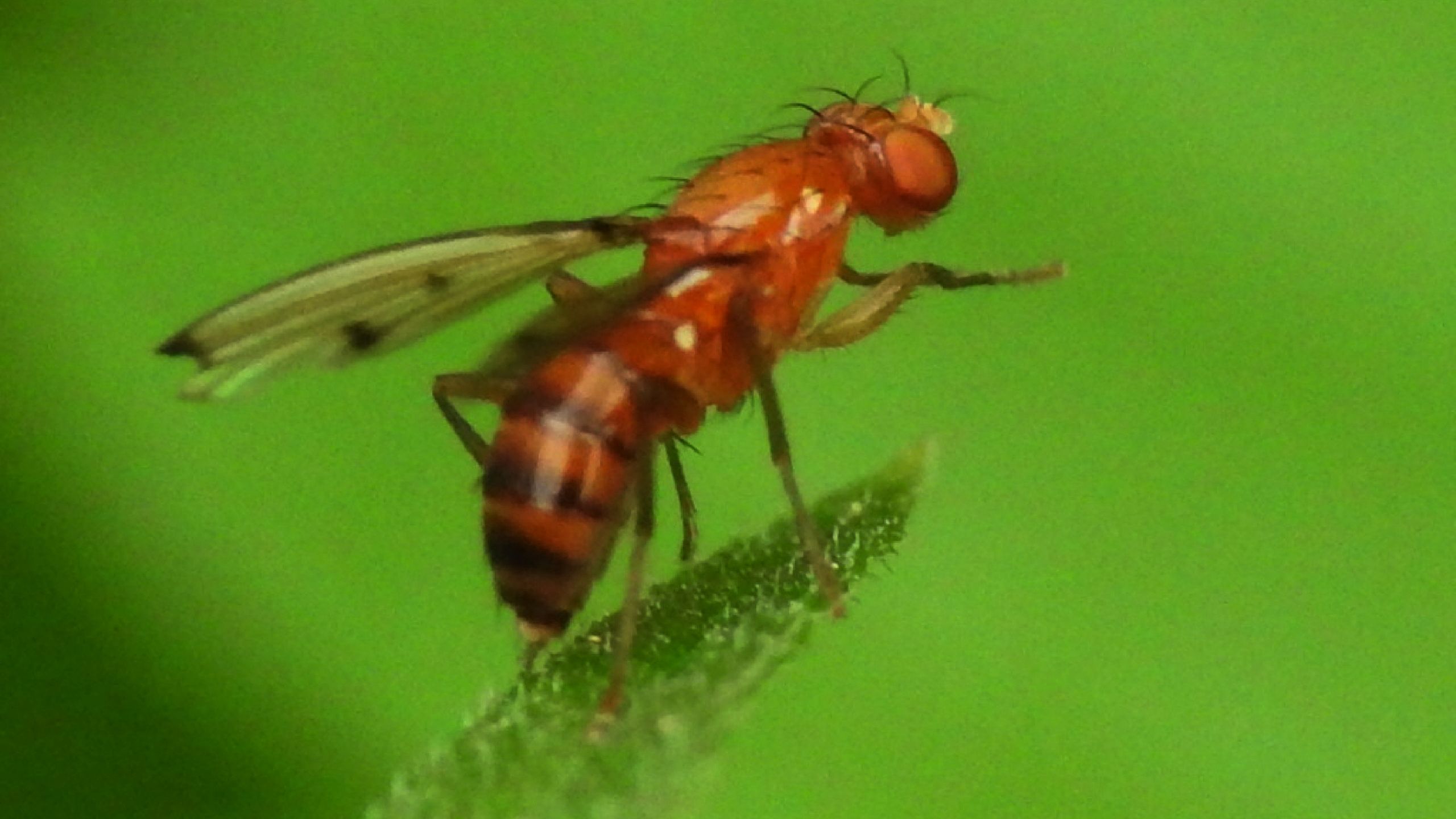
Spotted Wing Drosophila
Spotted wing drosophila (SWD) is an invasive insect native to Southeast Asia; it was first detected in Utah in 2010. SWD management tactics include removing nearby alternative host plants, timely harvest of fruit, expanding the preventive insecticide prog
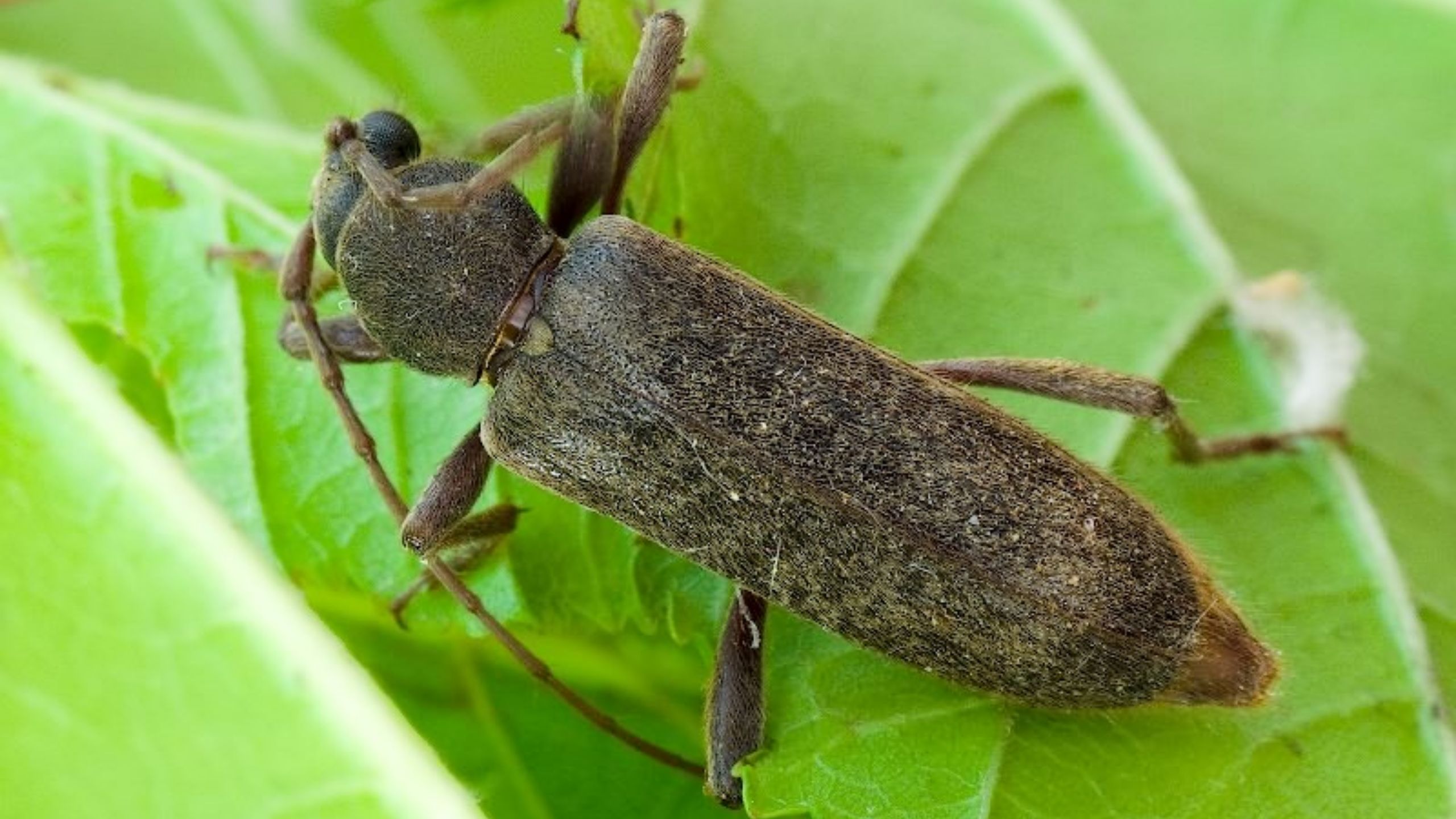
Velvet Longhorned Beetle
Velvet longhorned beetle is an invasive wood-boring beetle first detected in Utah in 2010. VLB can negatively impact fruit yield, tree longevity, and wood marketability. Prevention, monitoring, and early detection are the key management recommendations fo
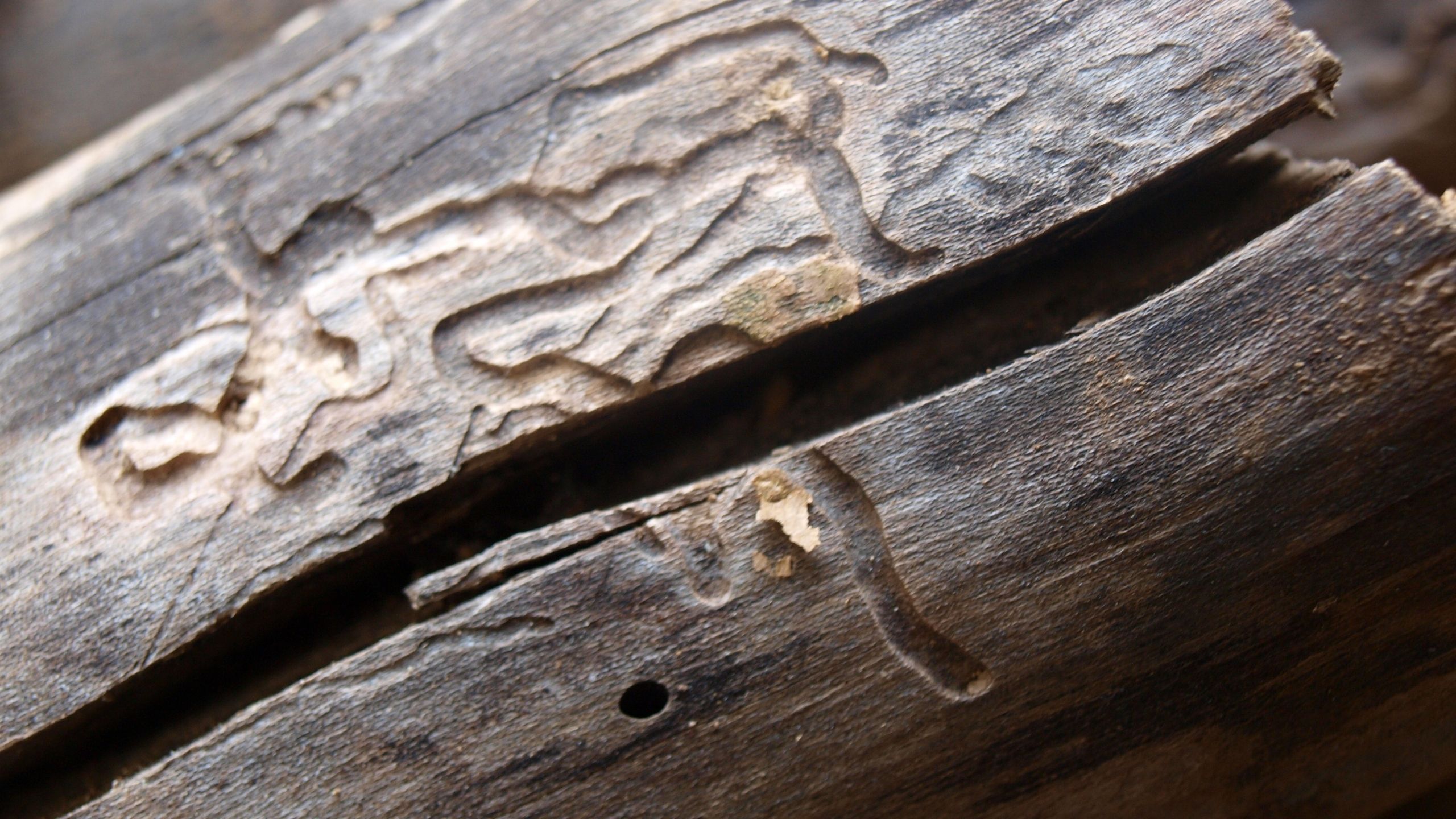
Bark Beetles
Bark beetles are one of the most destructive forest pests in the world. They are different than the larger longhorned and roundheaded/metallic woodboring beetles commonly infesting the inner wood of trees.
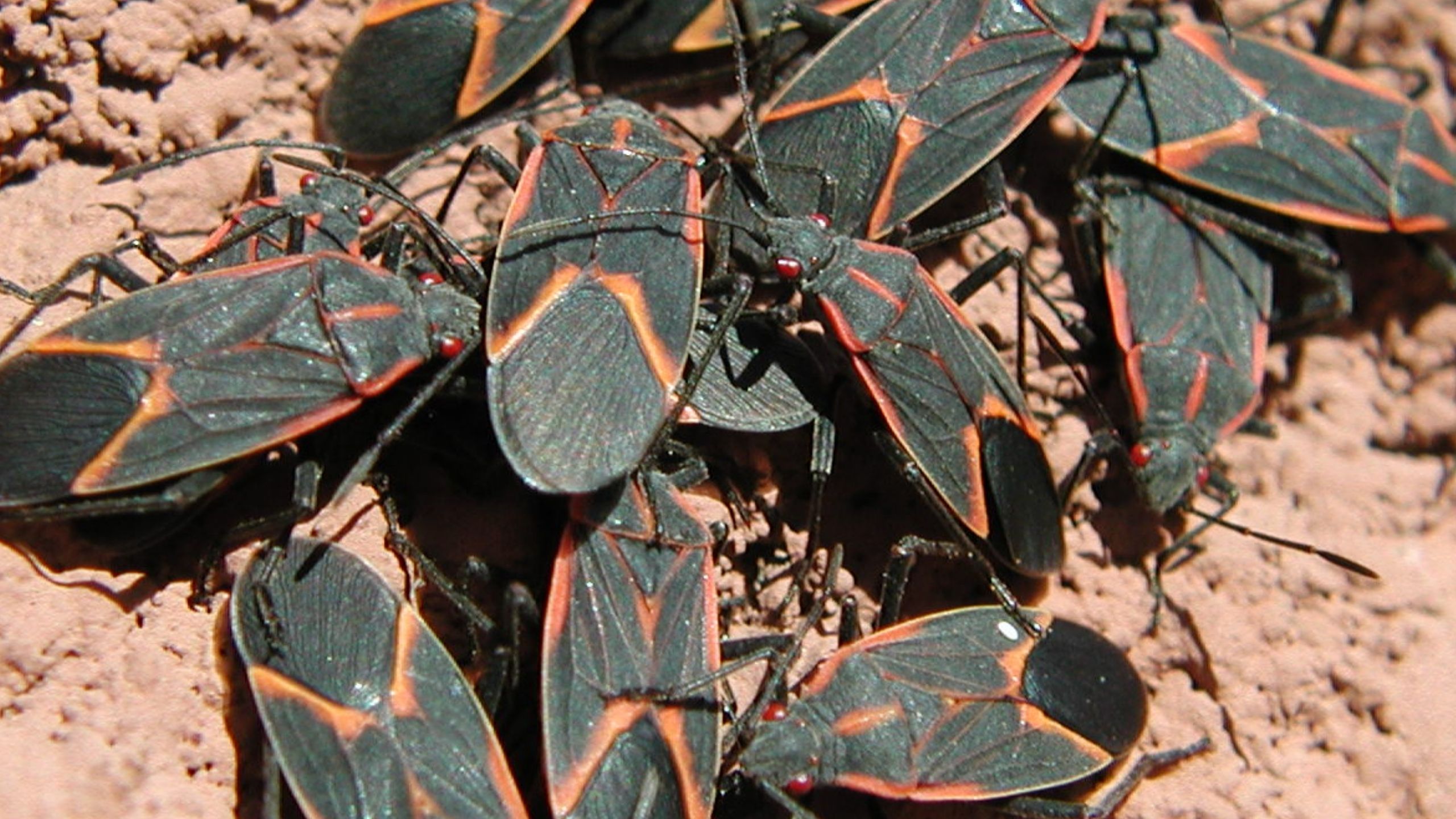
Boxelder Bug
Boxelder bugs are a common nuisance insect to many homeowners. Although boxelder bugs are active throughout the summer, many people don’t notice them until they start “sunning” themselves on structures, particularly the southern-facing walls.
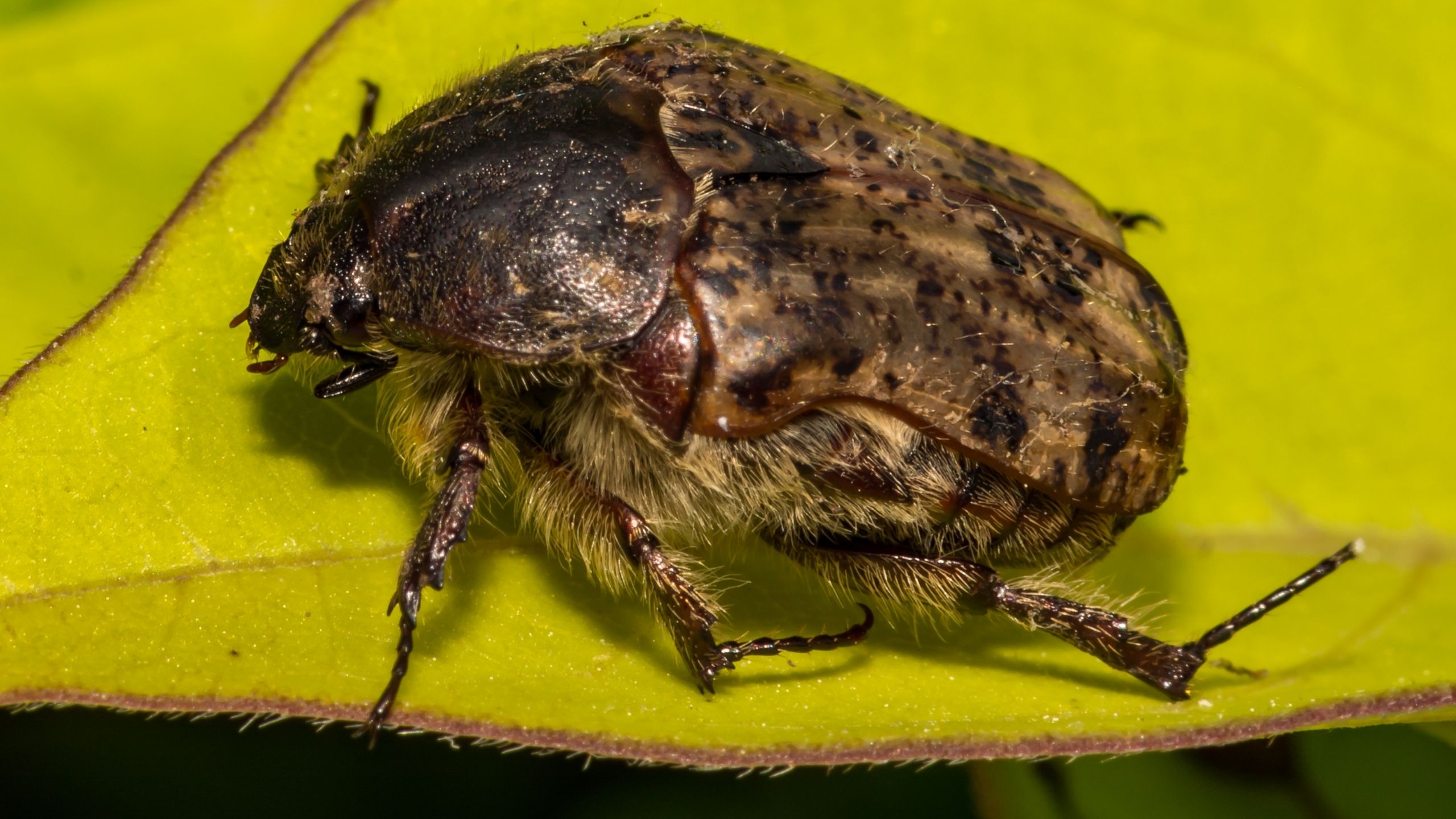
Bumble Flower Beetle
Bumble flower beetles are common throughout the growing season on flowers, oozing sap, and other sweet, overripe, or fermenting matter. Bumble flower beetles seldom warrant the use of chemicals for control. Control methods include removing organic materia
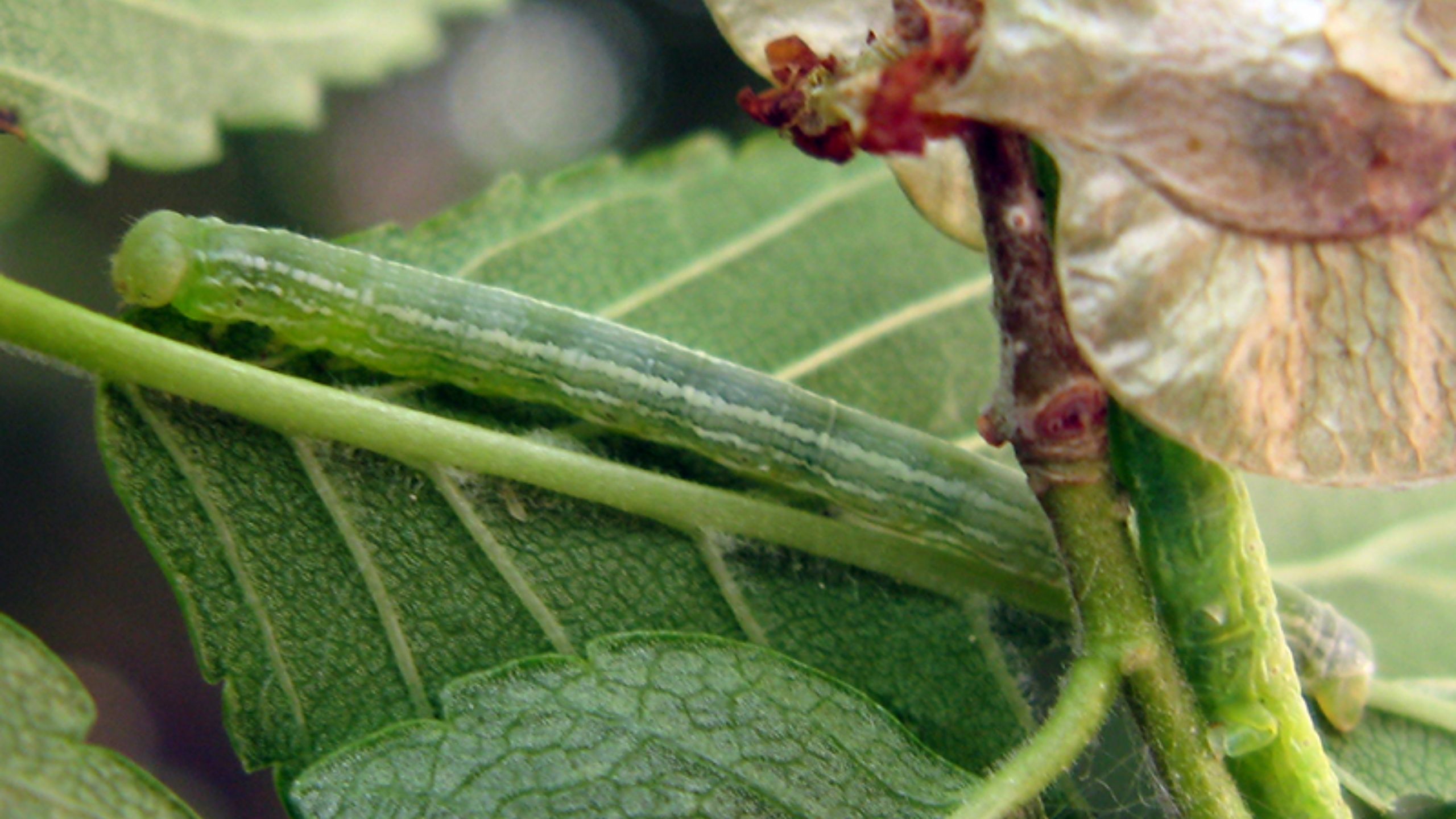
Cankerworms
Cankerworms, also known as inchworms, are in the order Lepidoptera and family Geometridae. Geometrid moth adults have slender bodies and relatively large, broad forewings. Both fall and spring cankerworms occur in Utah, with the fall cankerworm being most
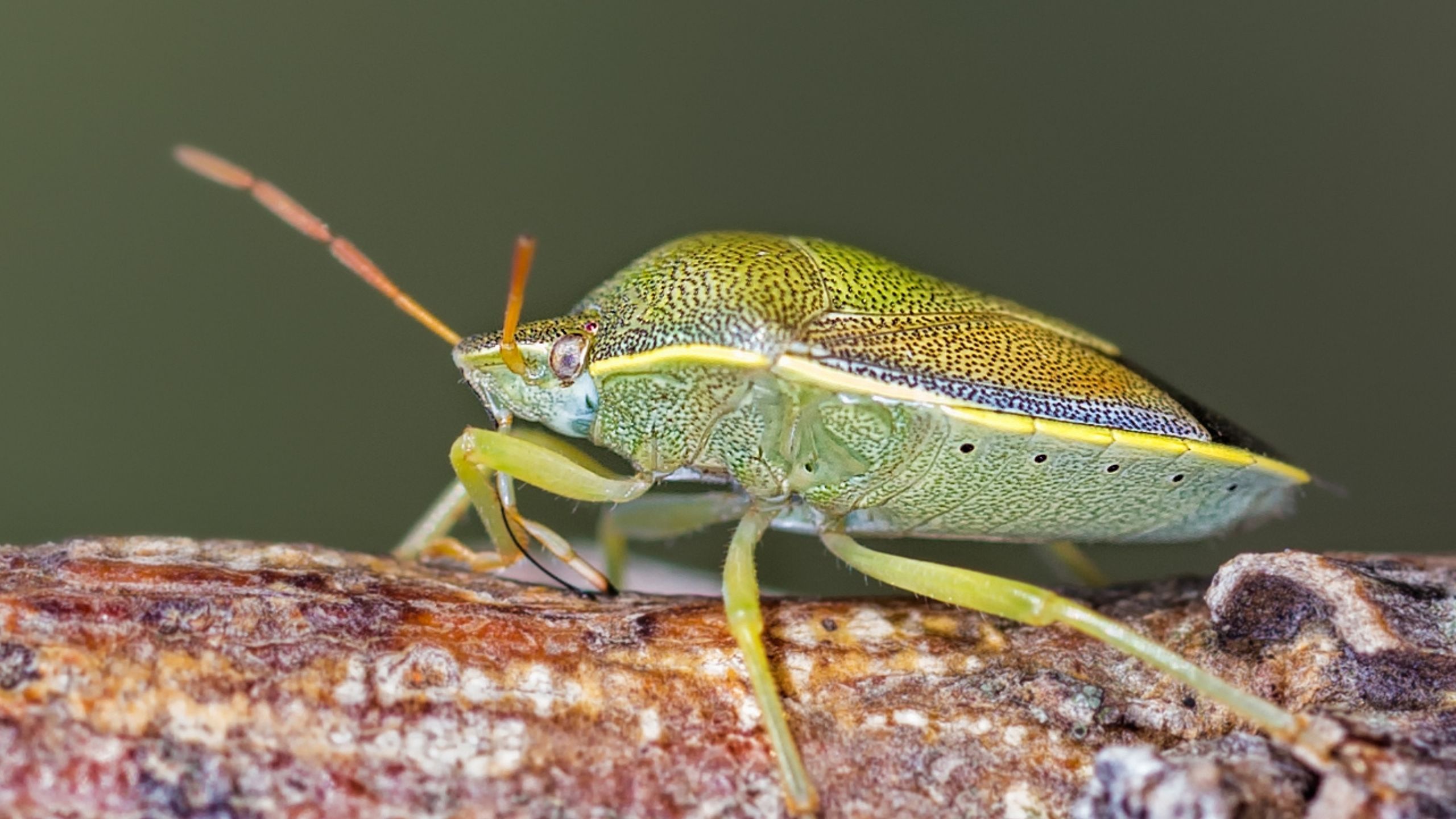
Common Stink Bugs of Utah
This fact sheet provides descriptions and images of stink bugs, including the adult and immature stages, that are commonly encountered in gardens and farms in Utah.
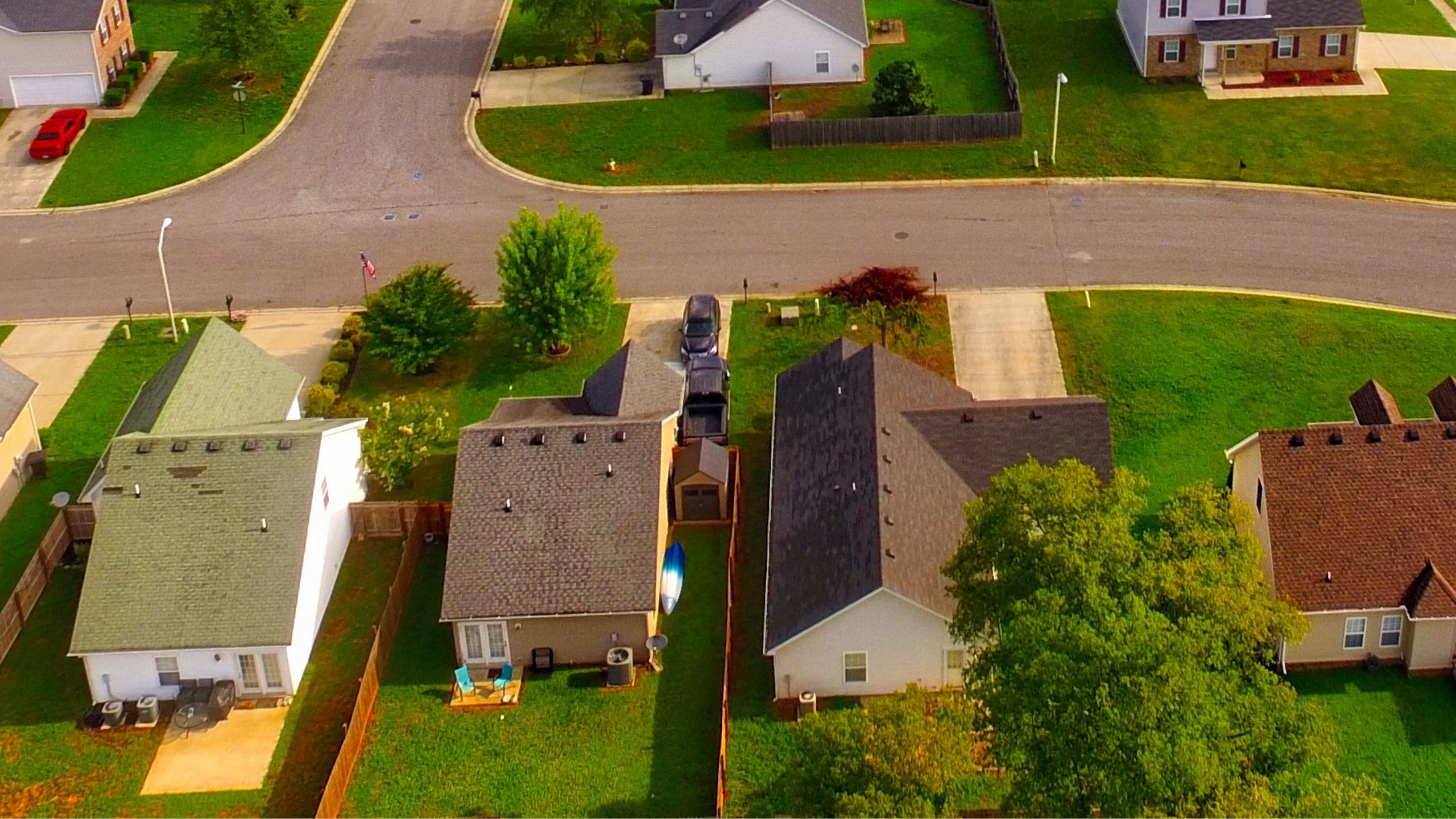
Community Wide Grasshopper Control
While grasshoppers are still nymphs, is the best time for communities or neighborhoods to work together to suppress grasshopper populations. Treating as wide an area as possible is the key to success
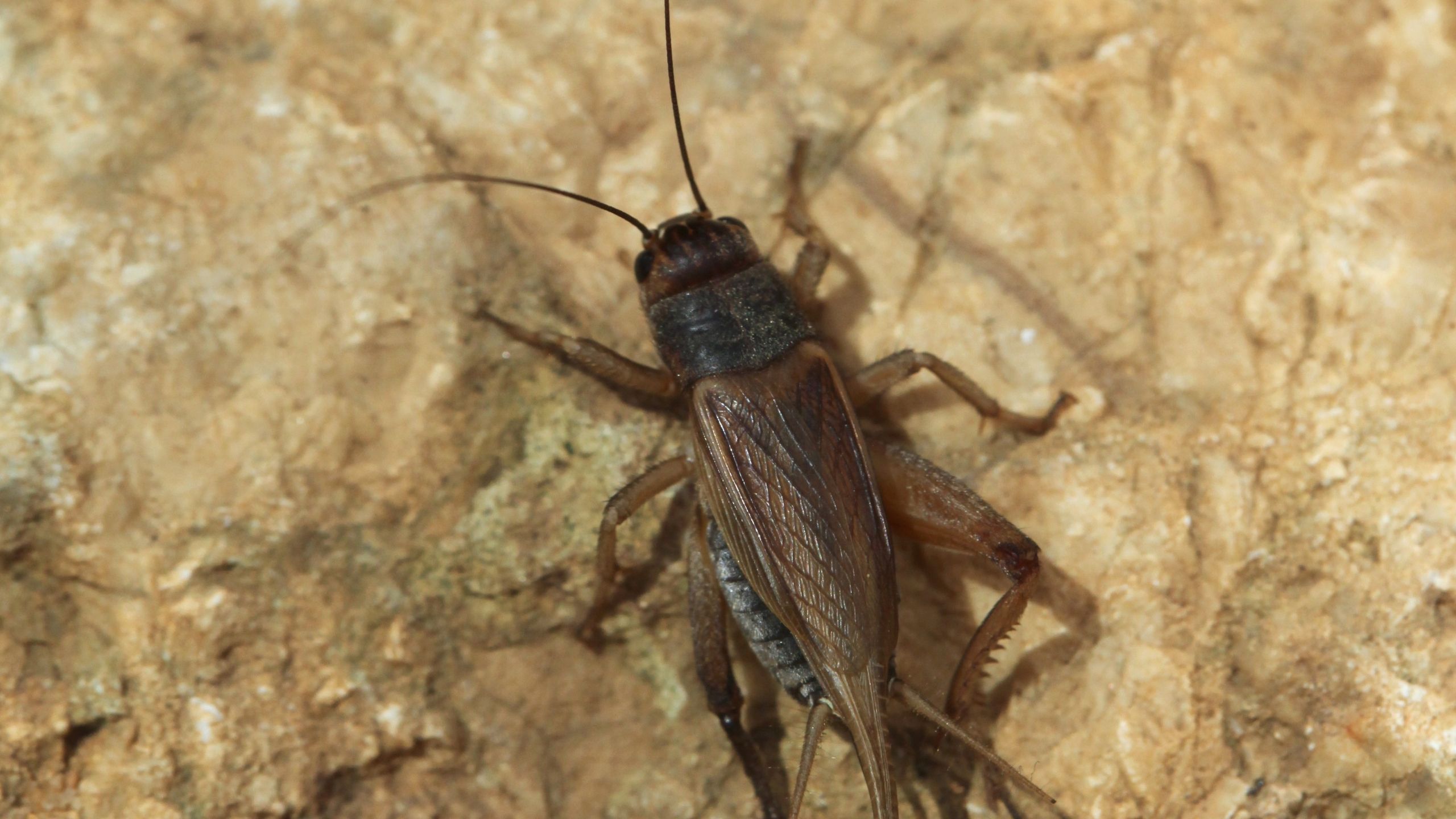
Crickets
Crickets will eat almost anything, including fabrics, other insects (dead or alive), food products, and furs. Occasionally crickets may enter the home or chirp near the home, and become a nuisance. Regular sanitation around the exterior of the home will d
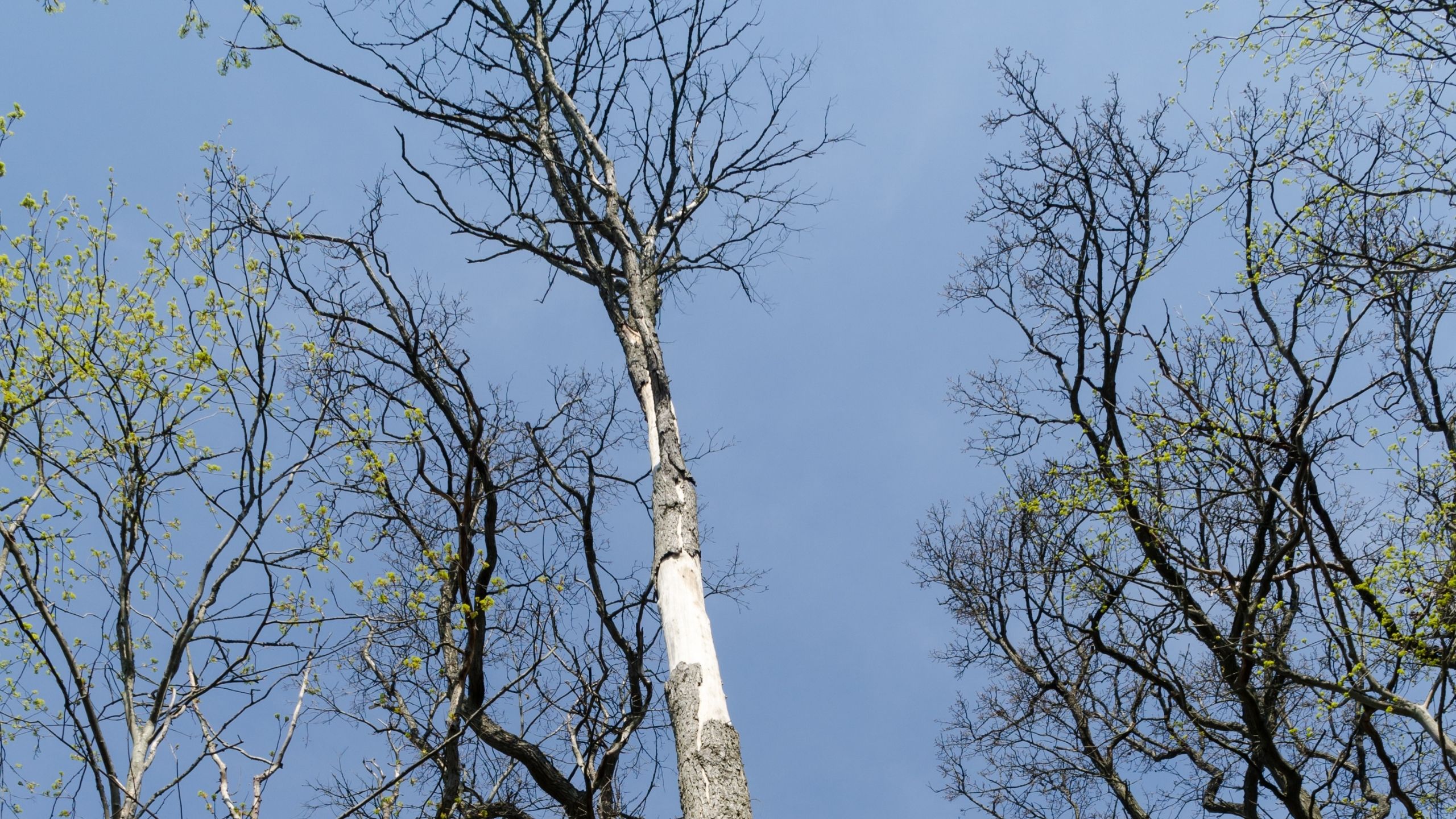
Elm Bark Beetles and Dutch Elm Disease
Two major bark beetle species attack elm trees in Utah; both can transmit Dutch Elm Disease (DED) , leading to tree death, decline, or chronic stress. Preventive treatments such as foliar insecticide applications, severing root graphs between trees, injec
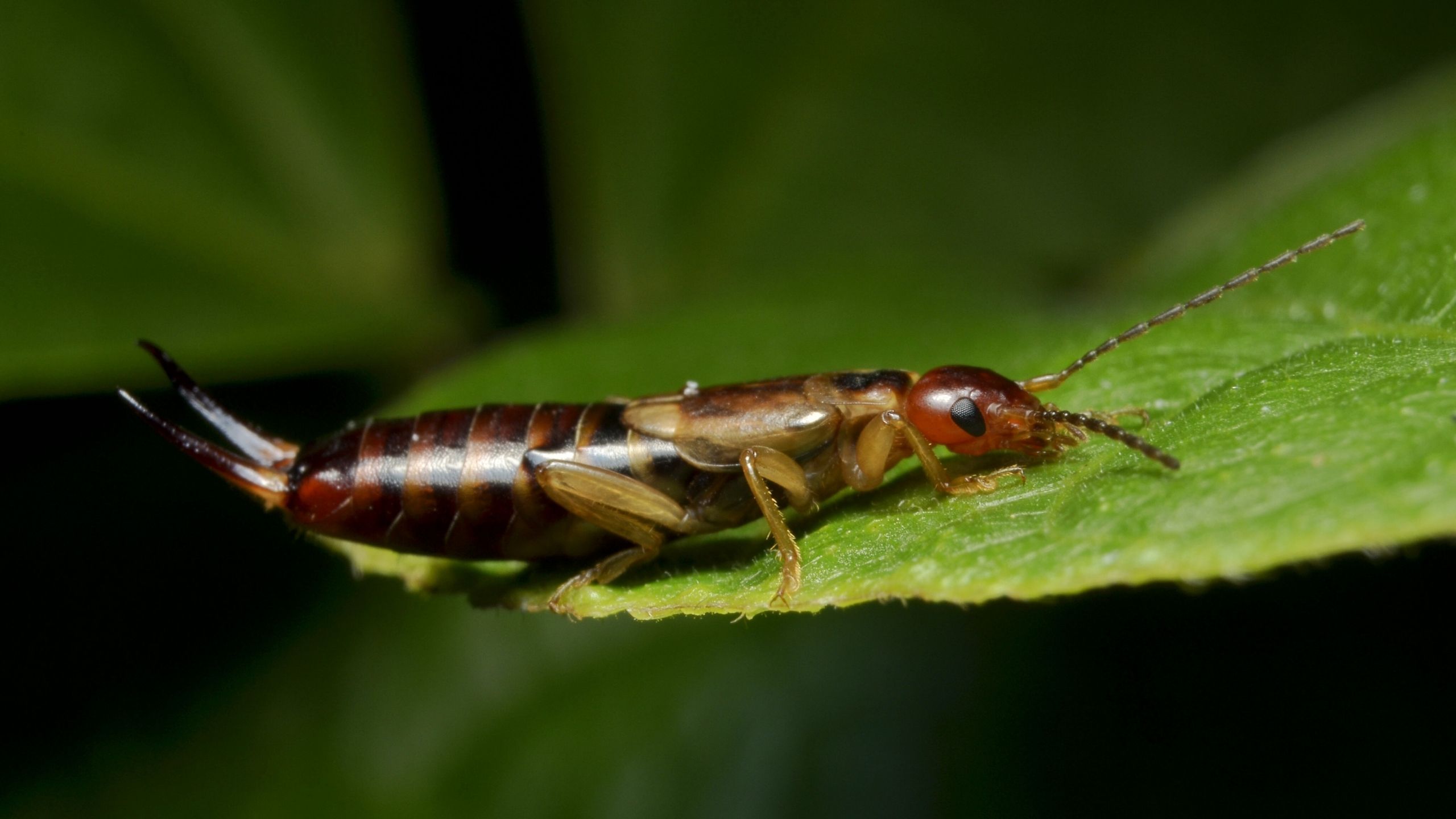
European Earwig
The European earwig is an omnivore; it feeds on detritus, fungi, plants, and insects. Earwigs can injure the buds, leaves, flowers, and fruits of a broad range of plants, including fruits, vegetables, and ornamentals; they can be a nuisance pest by enteri

Leafhoppers in the Home Garden
Leafhoppers are common problems in home gardens and orchards throughout the state of Utah. There are many species of leafhoppers, several of which attack apples, roses, grapes, and potatoes. Most species overwinter in the egg stage in the bark of the host
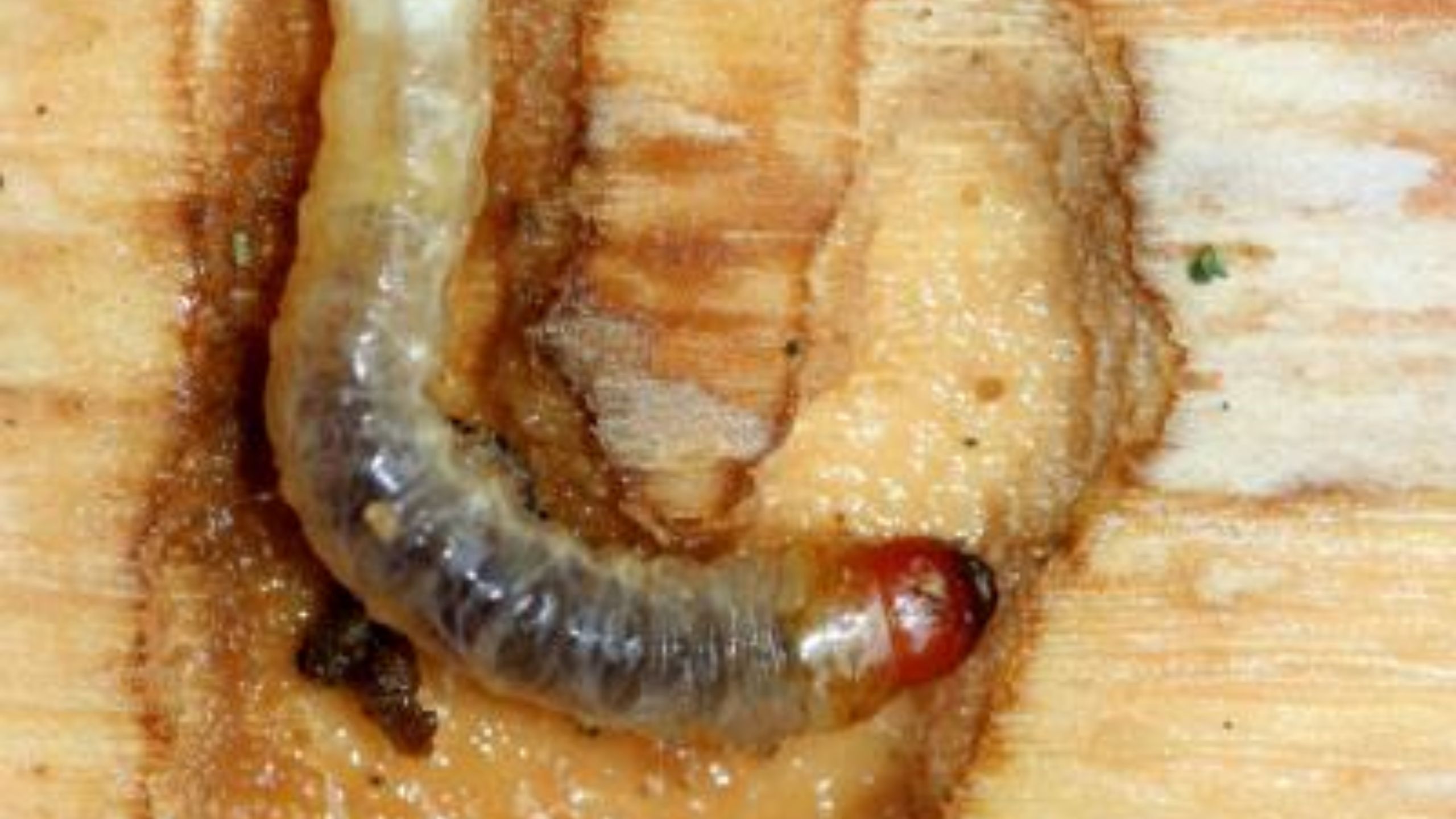
Lilac-Ash Borer
Lilac-ash borer, a clear-wing moth common in Utah, can be a destructive pest of many species of ash, privet, lilac, and related species. Adults emerge from host trees and lay eggs in the spring; larvae feed on wood within branches, overwinter in the heart
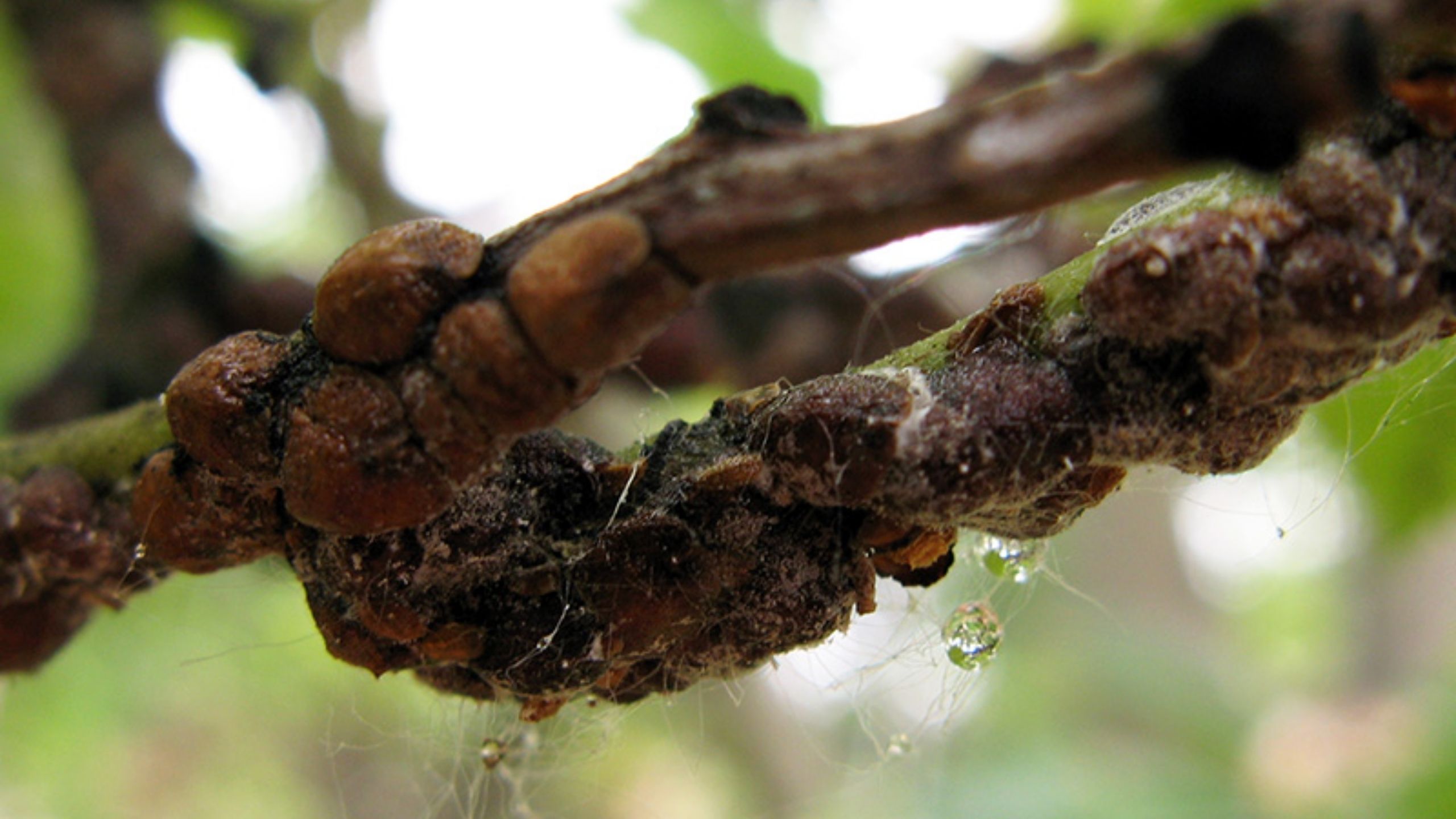
Soft Scales in Utah
There are more than 1,000 different species of soft scales found throughout the world. Less than 5% are considered serious pests. Soft scales feed on a wide range of woody ornamental plants and often go unnoticed until they stunt growth or cause severe pl
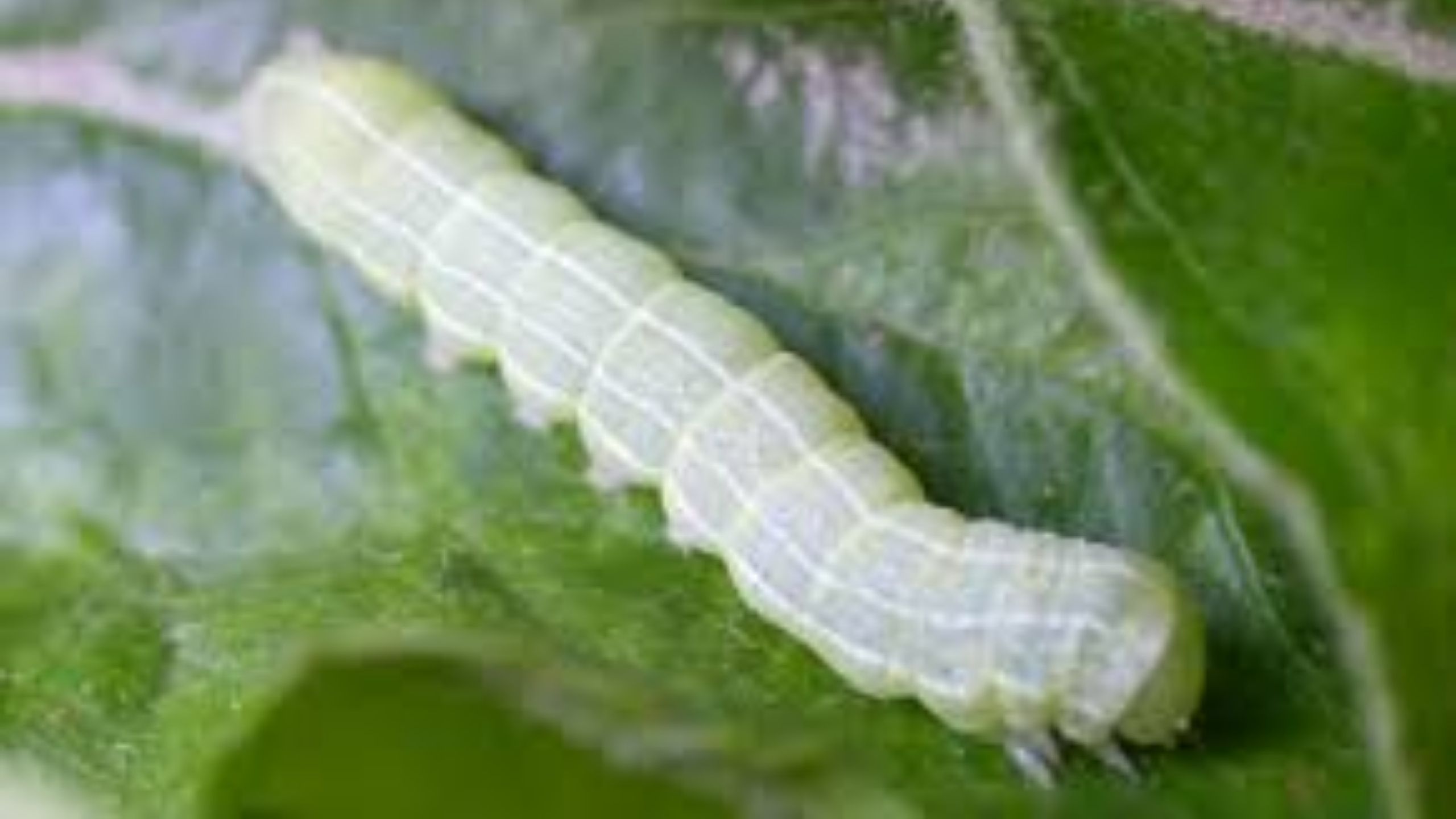
Speckled Green Fruitworm
Fruitworms chew holes in fruits and leaves, and can cause localized defoliation of fruit trees. Fruitworms can be monitored with beat-samples (abrupt shaking of tree branches over a tray). Applications of reduced-risk insecticides, such as Bacillus thurin

Web Spinning Spider Mites
Mites are small arthropods that are more closely related to spiders and ticks than to insects. Mites in this group are web spinners, hence the name “spider” mites. They are an important and destructive group of pests to agricultural crops worldwide.

Spruce Health in Utah Landscapes
Spruces tend to prefer abundant moisture and may not do well on droughty sites. Water stress caused by too little soil moisture or too much heat can predispose spruces to insect attack.
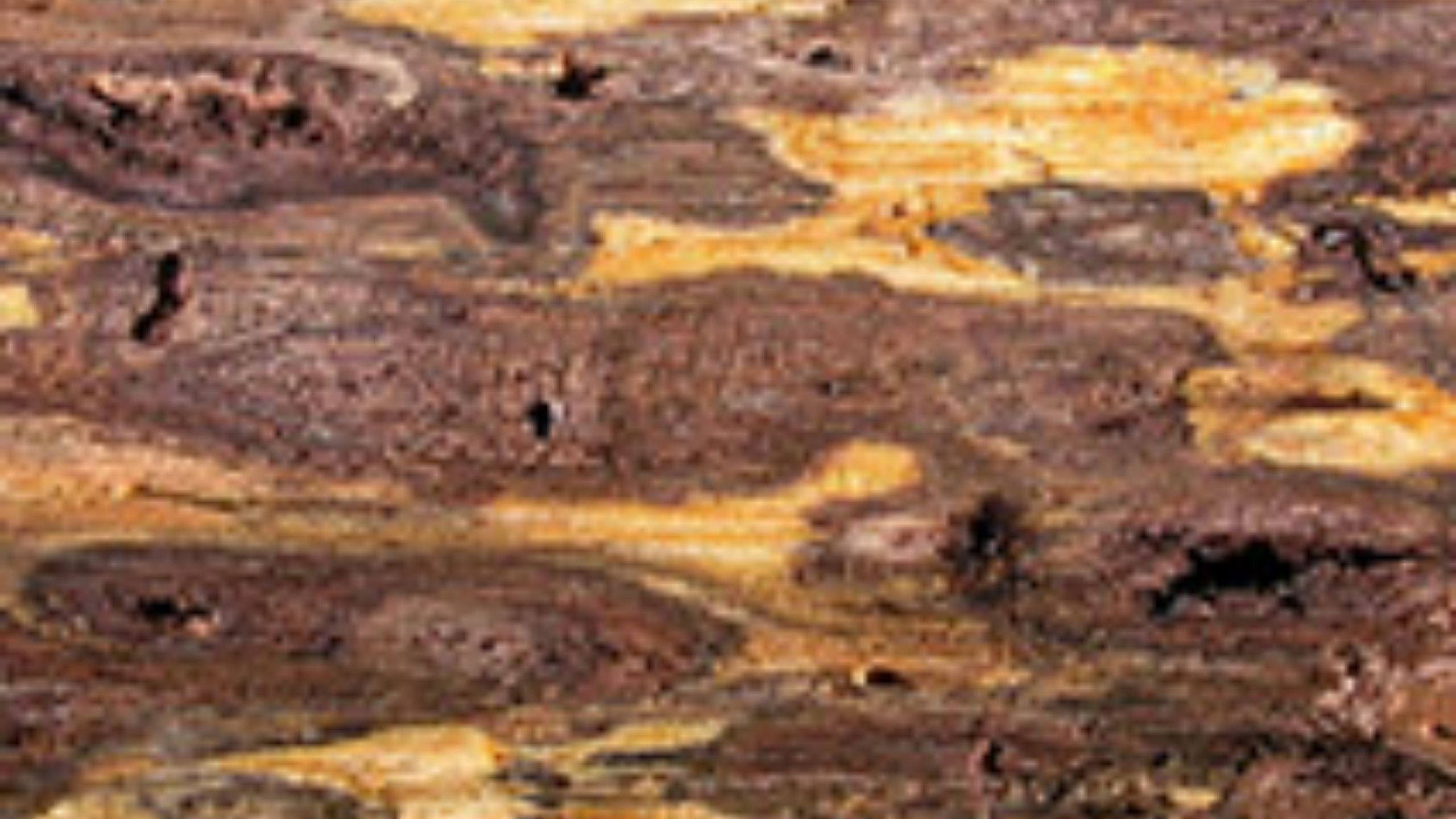
Thousand Cankers Disease of Walnut
Thousand cankers is a newly recognized disease of walnuts, caused by a fungus (Geosmithia morbida) that is spread by the walnut twig beetle (Pityophthorus juglandis). The beetle is endemic to the native range of Arizona walnut (Arizona, New Mexico, an
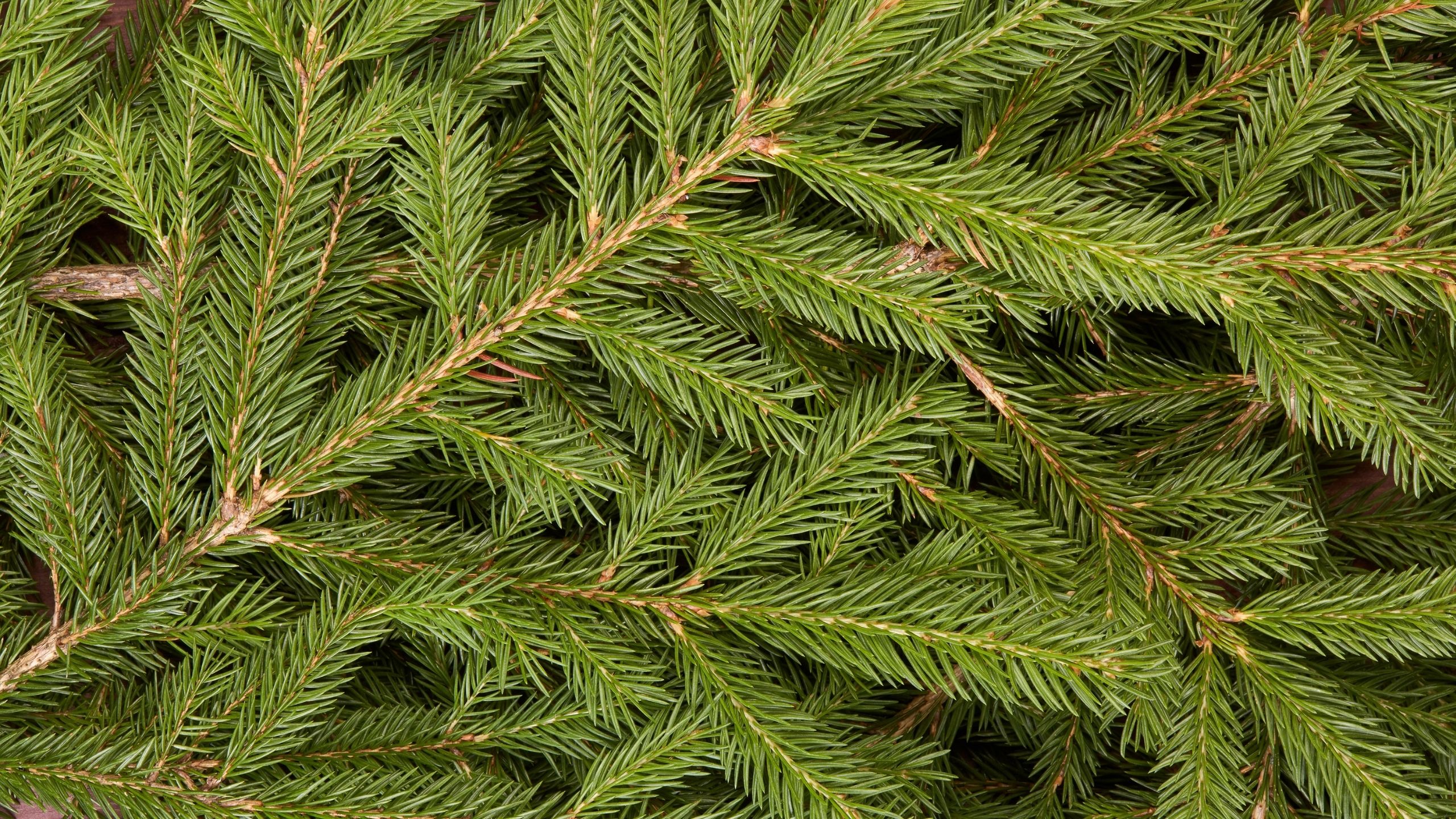
Balsam Woolly Adelgid
Invasive balsam woolly adelgid is a tiny sucking insect that was introduced to North America from Europe. In the U.S., it is a serious pest of true firs in forests, landscapes, and in seed and Christmas tree production.
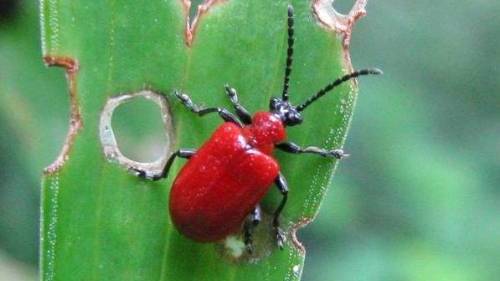
Lily Leaf Beetle (Lilioceris lilii)
Lily leaf beetle (LLB) is an exotic pest from Eurasia that causes damage to plants in the Liliaceae family. Native and cultivated Lilium and Fritillaria are sensitive to attack, including rare and endangered species. LLB can cause economic and aesthetic l
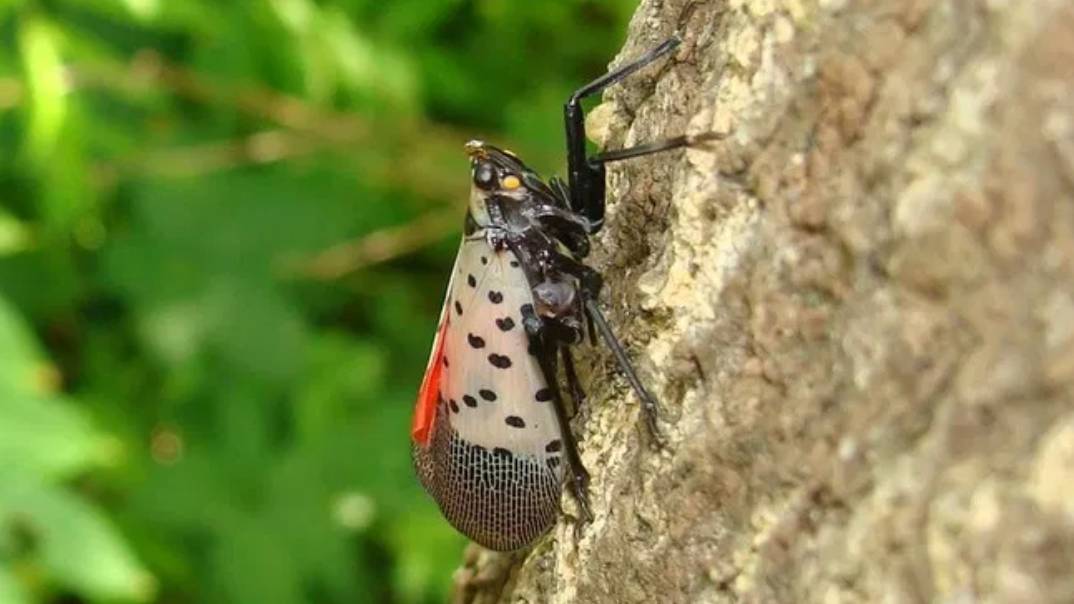
Spotted Lanternfly
The spotted lanternfly (SLF) is a new invasive pest from China that was first detected in the U.S. in Pennsylvania in 2014 and has since spread to other states. SLF attacks more than 100 host plants, including grapes, fruit trees, hops, and hardwood and o
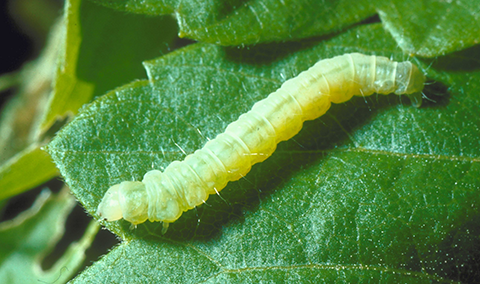
Boxelder Leafroller
The boxelder leafroller is a pest of boxelder and other trees and shrubs in parts of the United States and Canada and is commonly found in Utah. Boxelder is the primary host, but damage can also occur on raspberry, birch, elderberry, white elm, and va
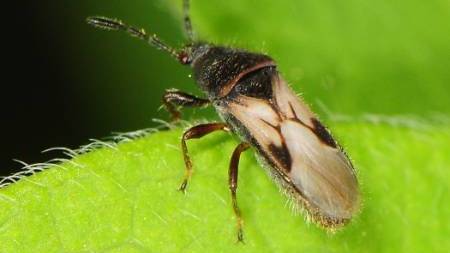
Chinch Bugs
Chinch bugs are “true bugs”. In Utah, the common chinch bug [Blissus leucopterus leucopterus (Say)], and western chinch bug (Blissus occiduus) may feed on turfgrass, especially under conditions of severe heat and drought.

Eriophyid Mites
Eriophyid mites are translucent, cigar-shaped microscopic mites that cause deformities on many plants species. These mites are noticed when their feeding causes abnormalities of plant tissues such as erineum, galls, brooms, leaf curling, blisters, rusts,
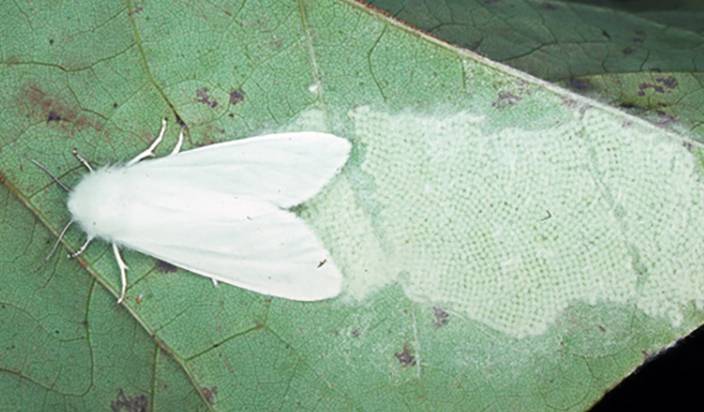
Fall Webworm
The fall webworm is a common defoliator of ornamental and fruit trees in Utah. Starting around late July, the caterpillars, webbing, and damage become noticeable, particularly in some of the canyons adjacent to populated areas.

Pacific and Appletree Flatheaded Borers
Trees that are under stress or that have bark wounds are most susceptible to attack by Pacific flatheaded or flatheaded appletree borers Mature trees are not usually killed, but borer activity can weaken trees or contribute to eventual death. Newly plant

Greater Peachtree Borer
The greater peachtree borer (Order Lepidoptera, Family Sesiidae) is native to North America where wild cherries and plums are its native hosts. It is a sporadic pest in Utah stone fruit orchards, but if left unmanaged it can be severe enough to cause

Locust Borer
The locust borer, Megacyllene robiniae, belongs to the longhorned beetle family (Cerambycidae), referring to the long antennae of most of the species in this group. This insect occurs in Eastern Canada and in most of the U.S., wherever its host, black

Pear Sawfly
The pear sawfly, which is actually a wasp, is a common pest on pear, cherry, and hawthorn in Utah. The slug-like appearance of the larval stage has prompted this insect to also be referred to as the pear or cherry slug in various parts of the country. Alt

Poplar Borer
The poplar borer, Saperda calcarata, is a member of the longhorned beetle family (Cermabycidae), so-named because of the adults’ long antennae. The larvae are known as roundheaded wood borers.

Poplar Bud Gall Mite
The poplar bud gall mite (Eriophyes parapopuli) is an eriophyid mite. It is microscopic and about one-fourth the size of a spider mite. Adults are reddish and spindle-shaped. Poplar bud gall mite hosts include species of poplars, cottonwoods, and aspe

Root Weevils
The black vine weevil (Otiorhynchus sulcatus), lilac root weevil (O. meridionalis) strawberry weevil (O. ovatus) and rough strawberry root weevil (O. rugosostriatus) are a complex of non-native, snoutnosed beetles (Coleoptera: Curculionidae) that cau

Sequoia Pitch Moth in Pines
Along Utah’s Wasatch Front, large, unsightly resin masses are appearing on ornamental pines with increasing frequency and severity, especially on Austrian and Scotch pines. While pines may exude resin for many reasons, the focus of this fact sheet i

Sycamore Scale
Sycamore scale (Hemiptera: Coccoidea Stomacoccus platani) is a pest of increasing importance on London planetree (Platanus x acerifolia) and California sycamore (P. racemosa) in urbanized areas throughout Utah. It is unknown how susceptible American s


